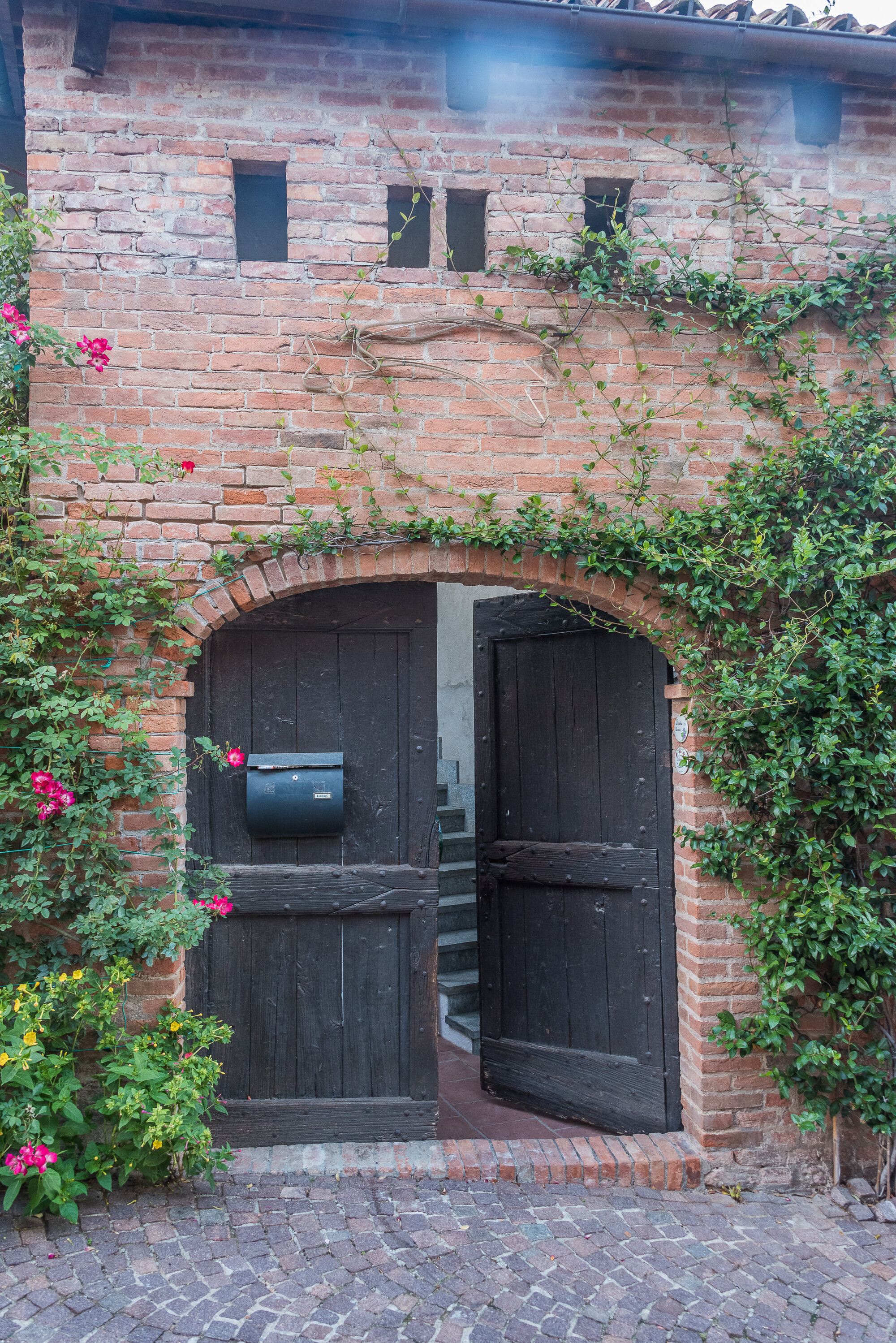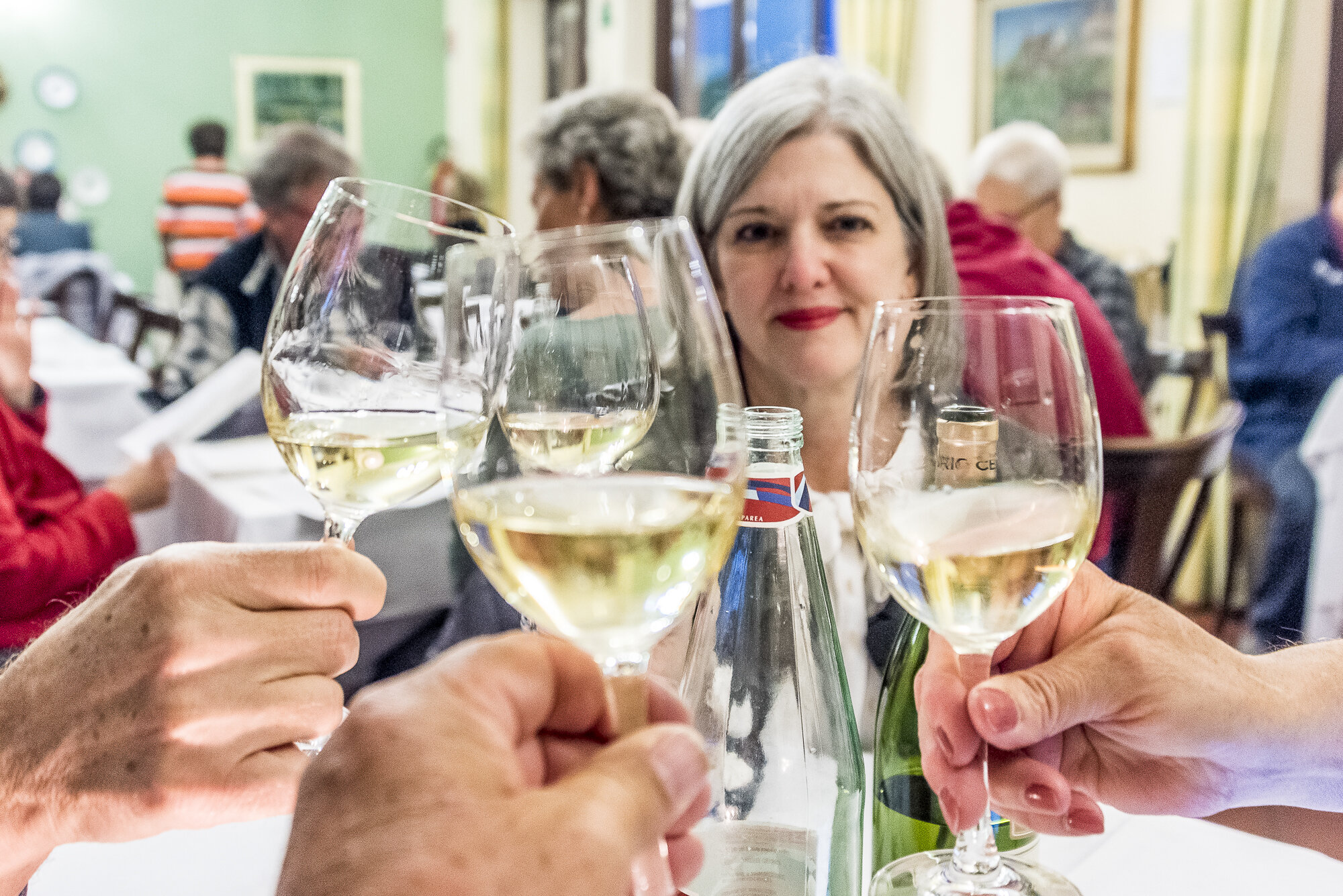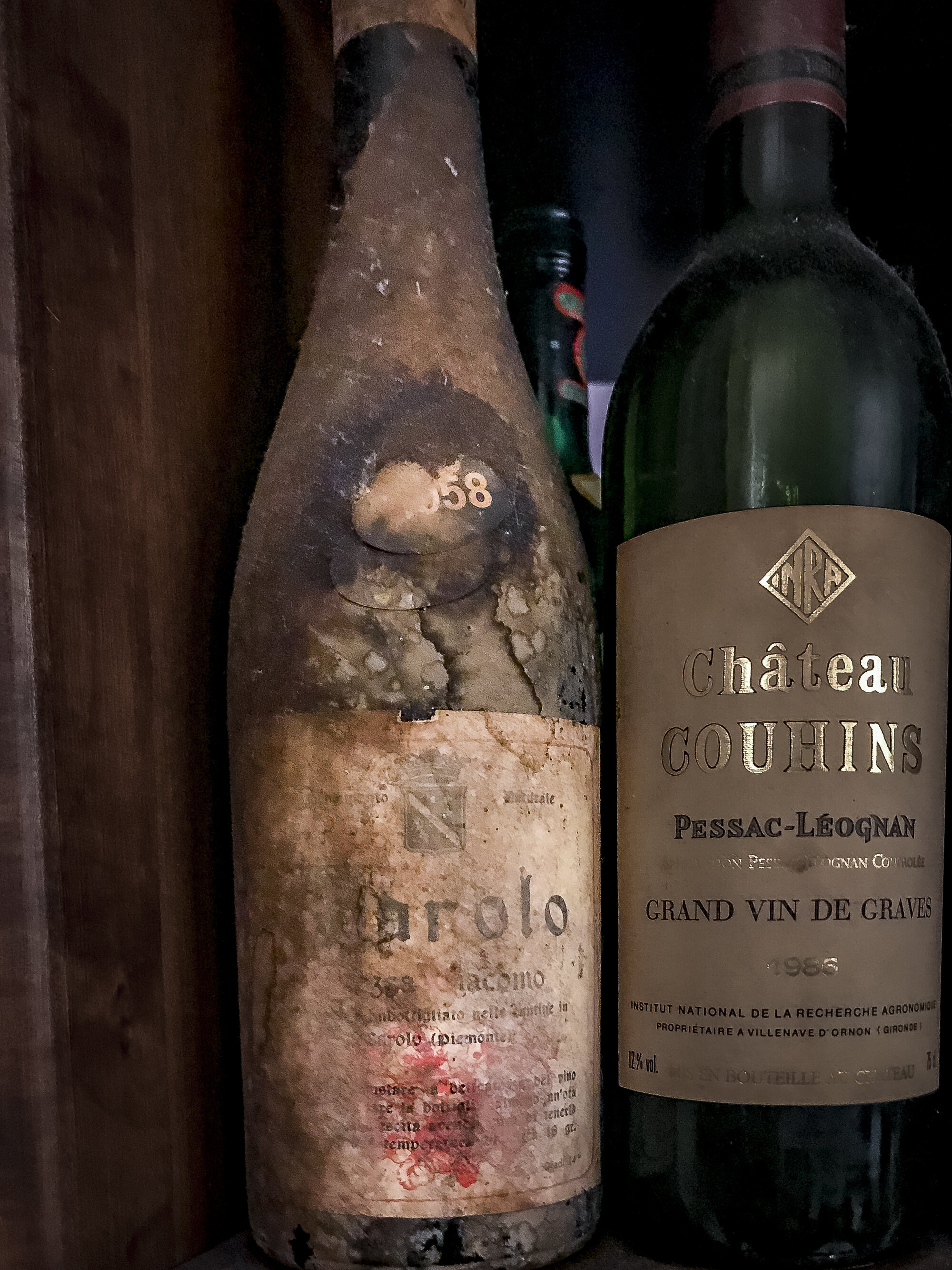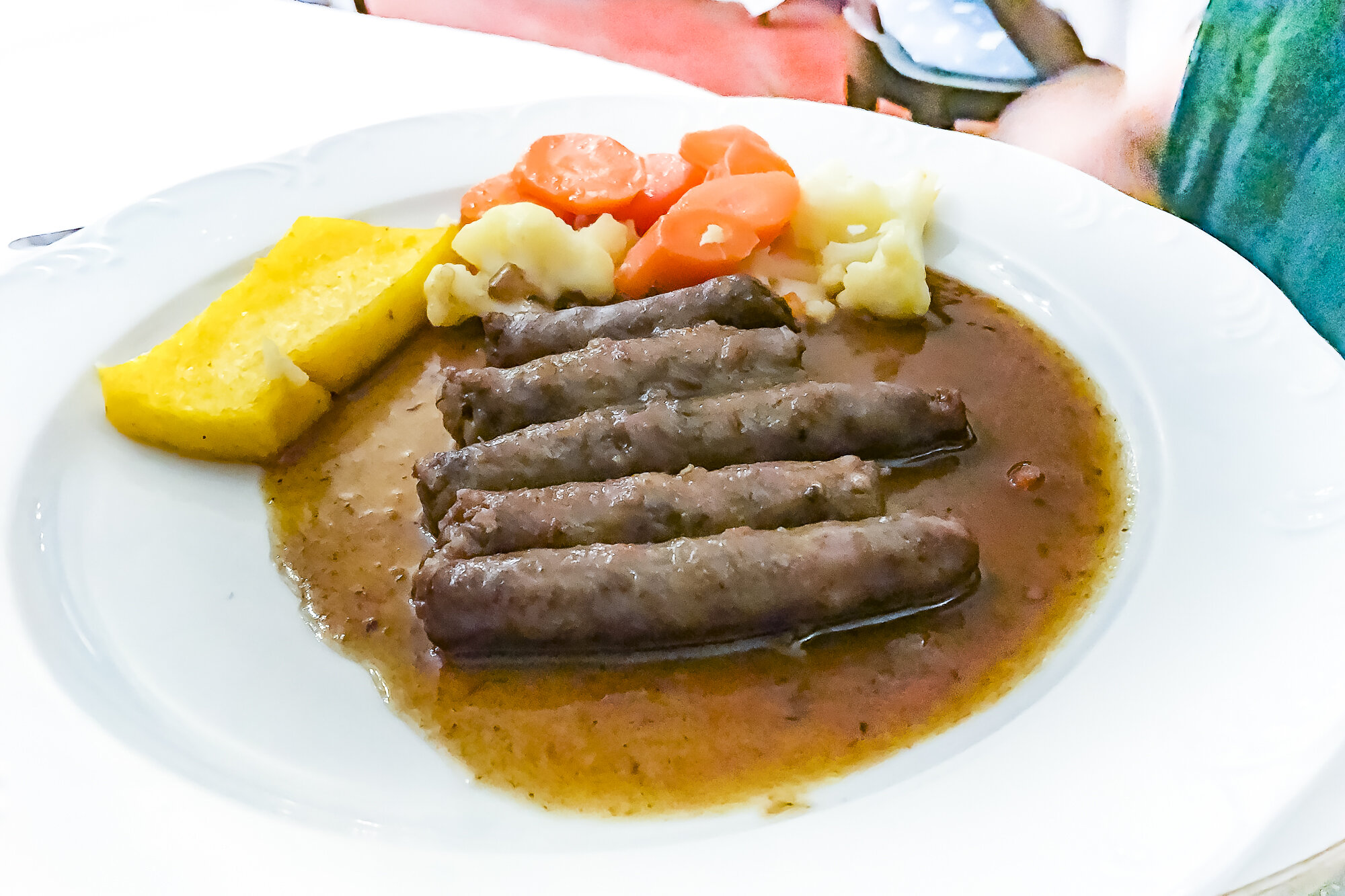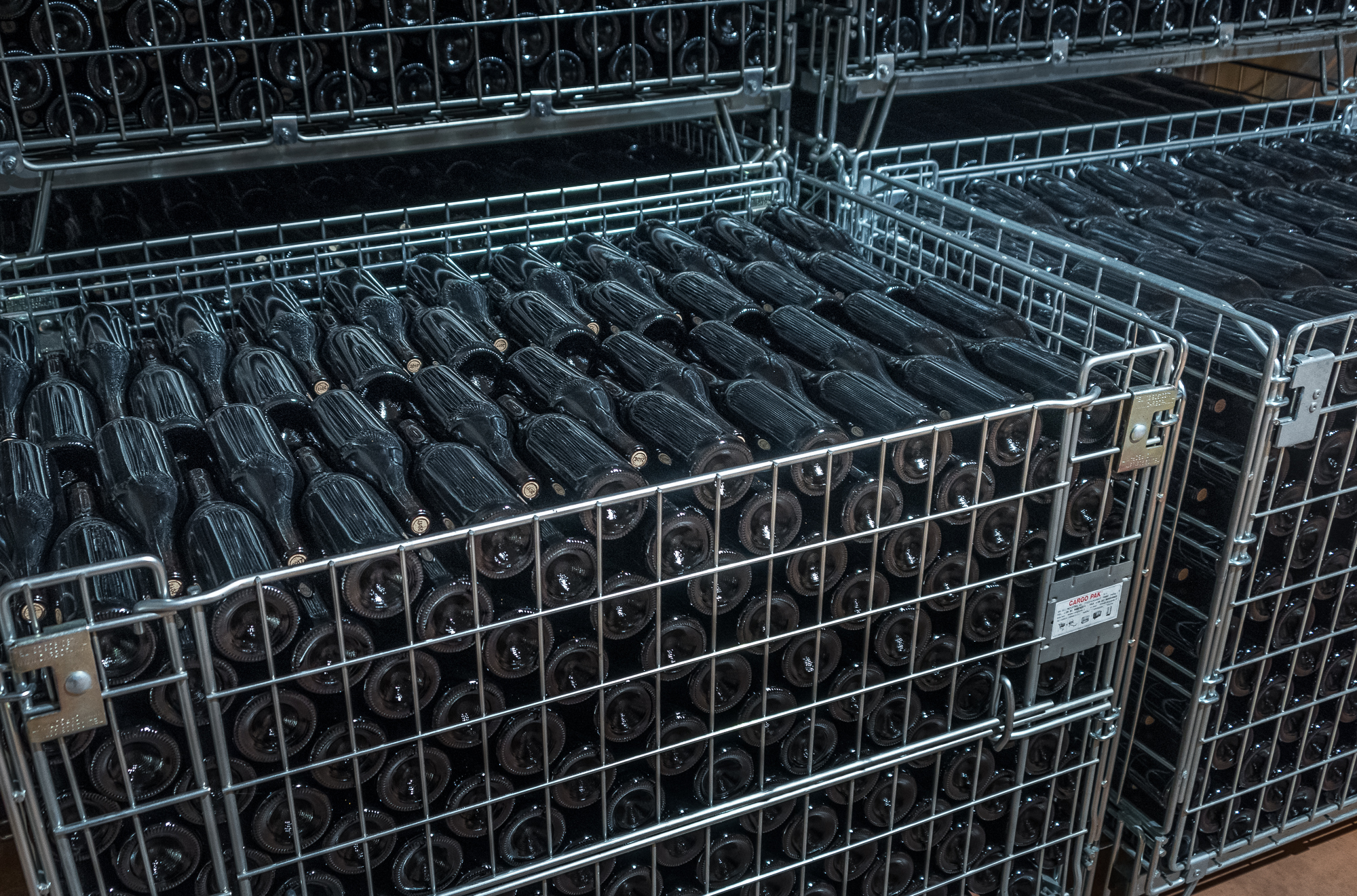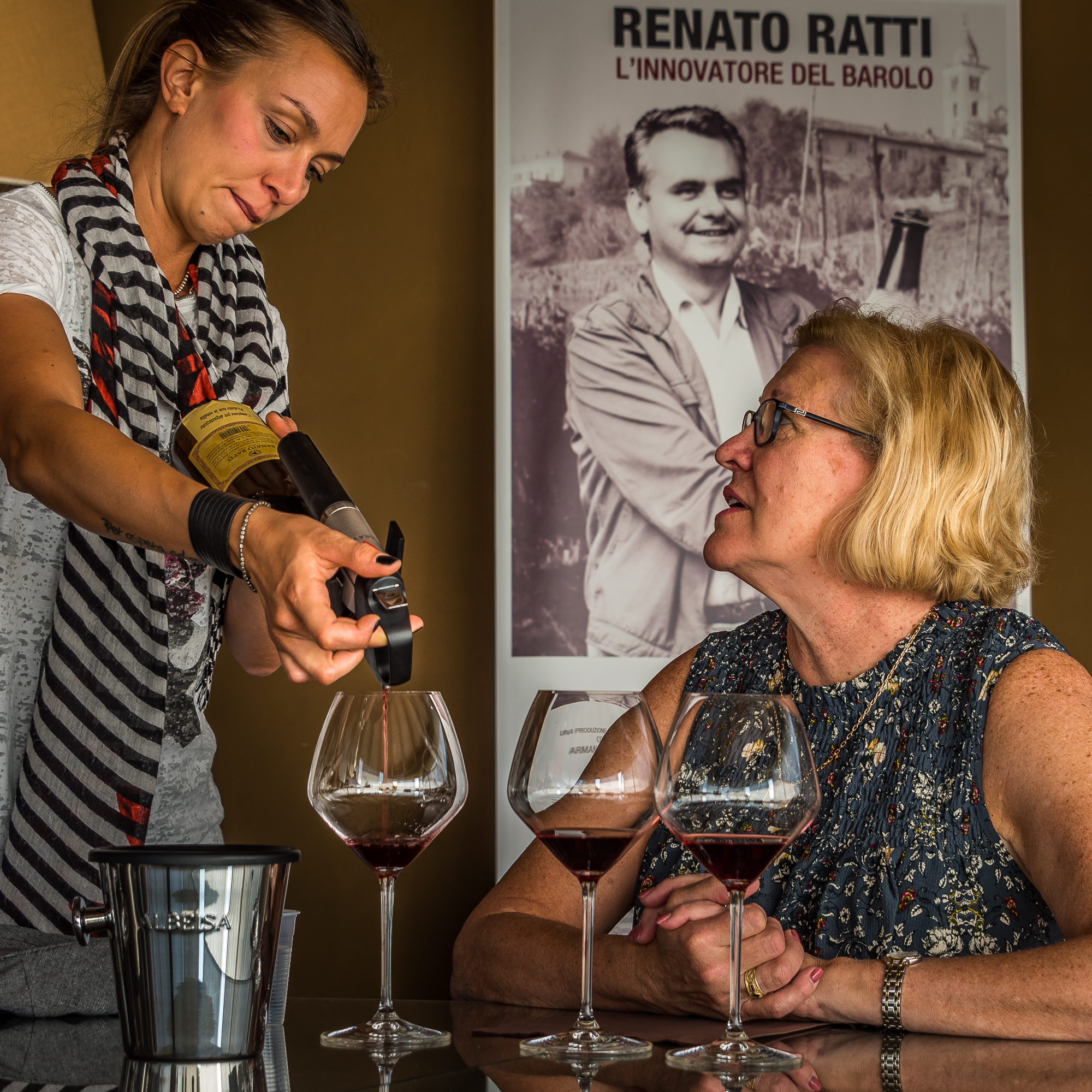Kind of a mysterious title, isn’t it?
“Even with my iPhone, I crop the ‘keepers’ by clicking on that ‘Edit’ text”
It’s not some sort of Zen thingie, but one of my photo transformations…this one taking a daylight scene, converting it to night, but adding a bit of light spilling out into the night.
Enough said…let’s get started.
The Original Snapshot
As always, we start with the raw snapshot that I captured “in the field’…this ‘field’ being the charming Piemonte town of Barolo.
As I often do, I captured my subject as a panorama…this one being composed of these 3 shots.
And alas, the three photos combined into a panorama…but a very small panorama, I must admit.
Oh my, why did I bother?! But, I had something in mind at the time. So, trust me…and stick with me for just a couple of minutes to see where this is going.
Mailbox Removal, Please
Let’s remove that large, ugly mailbox from the door.
Done…no mailbox.
Crop It
Now I’ve cropped in to my satisfaction. I recommend cropping almost any photo one takes. It is not often that when we snap we get a desirable composition. Even with my iPhone, I crop the ‘keepers’ by clicking on that ‘Edit’ text to work on the crop of the photo. There is most always a significant improvement.
Cropped to an 8x10 format
Saturate It
Now it’s time to work on the color, contrast, and such. So, just below, you see a more colorful scene.
An increase in the color
Day to Night and Cast the Light
For the finished image, I wanted to darken the photo into an early evening timeframe. That means that I added a bit of blue to any part of the photo that would not be lit from within. And there is that mysterious light within that I mentioned earlier. And that light had to spill out in a warm way onto the brick pavers just outside the doors.
So, here you have the finished photo…going from that ugly panorama to today’s completed transformation.
The finished transformation
So that’s it for today. I took a blah scene and transformed it into the way that I would have wanted to find it in the quaint town of Barolo…and yes, that’s from whence ‘The King of Wines’ (Barolo) hails.
We’ll add this to the list of completed transformations that you saw just last week collected into one place.
Until next time…
Ciao for now,
Steve


